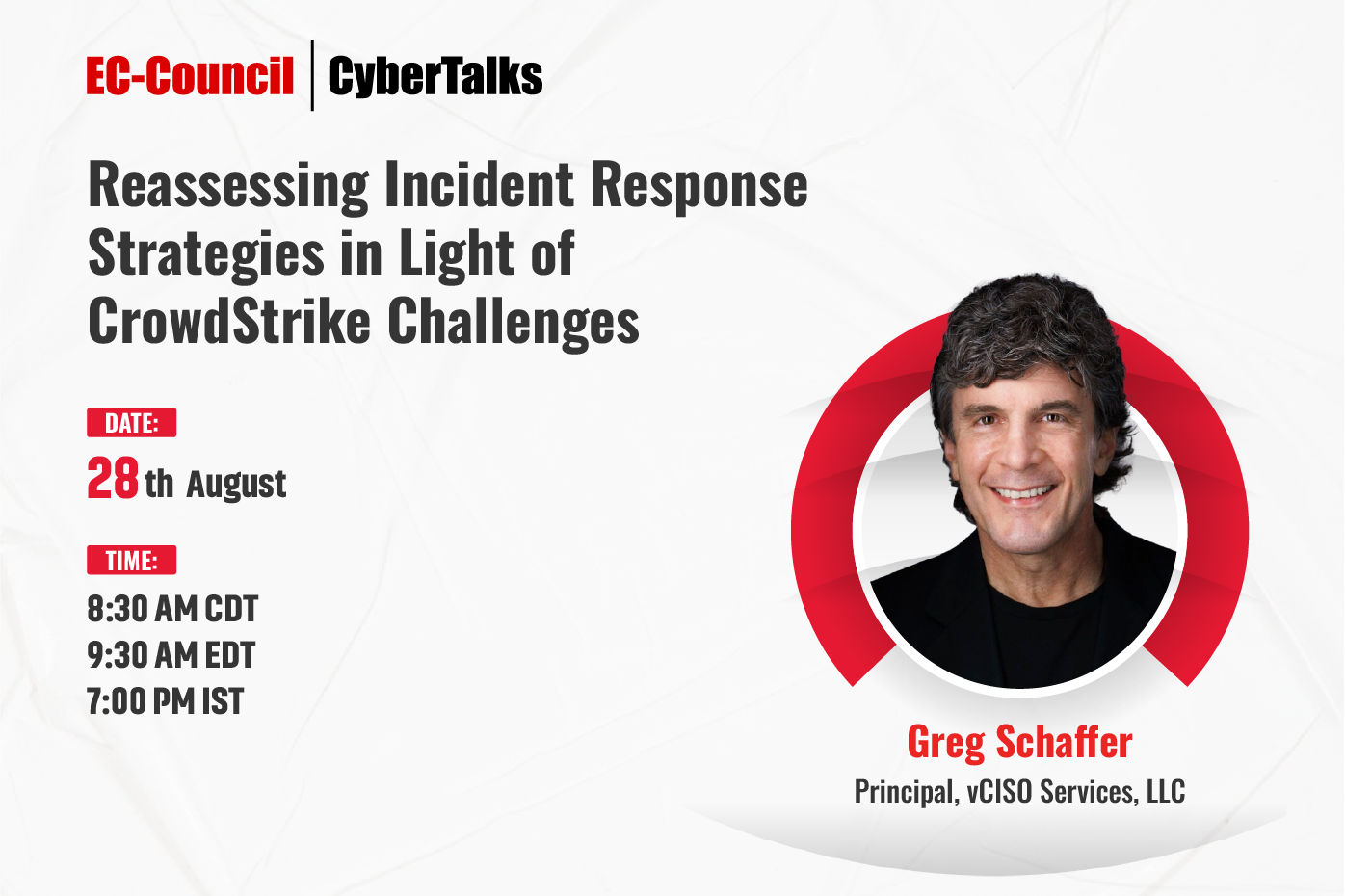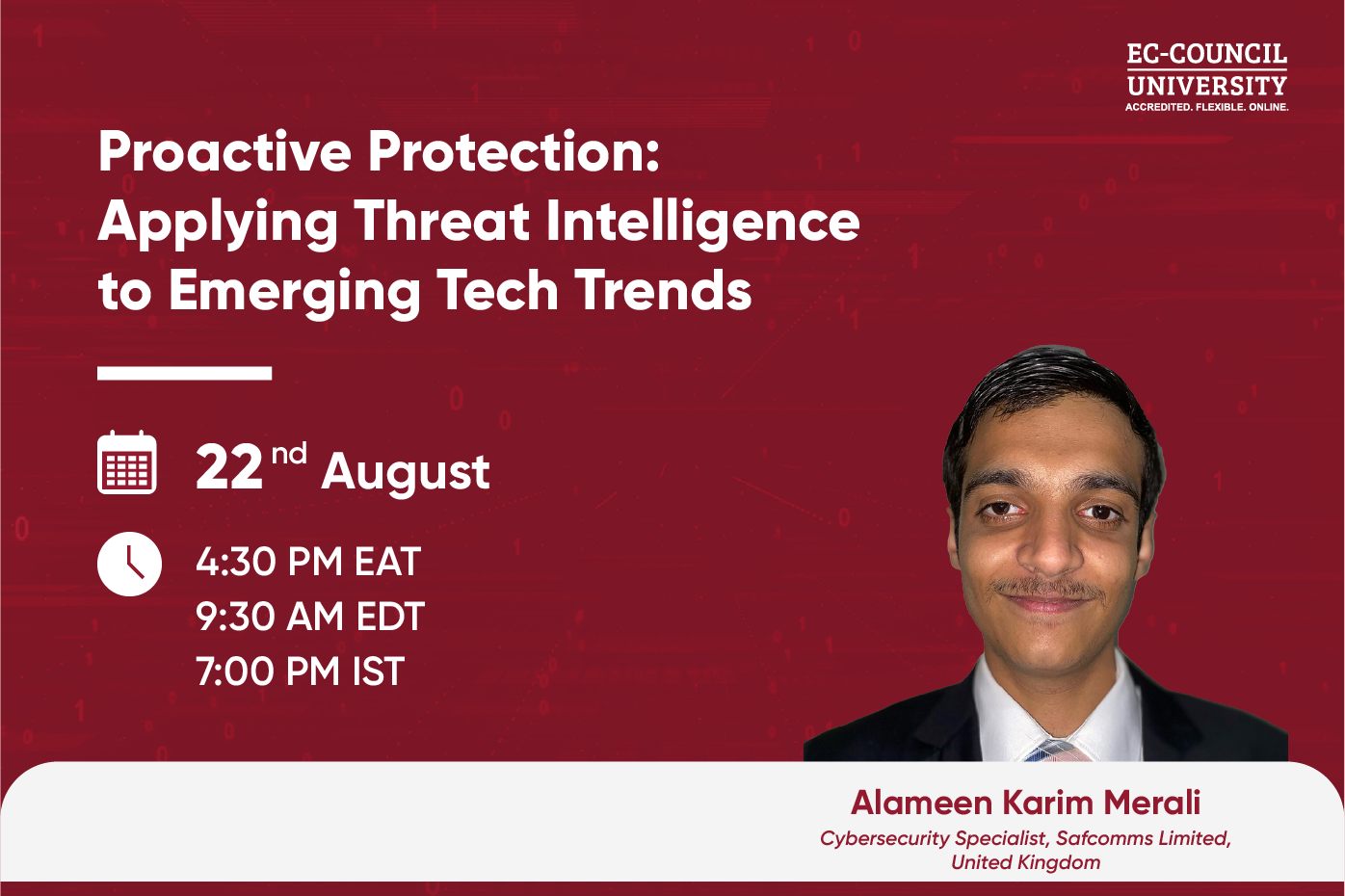Endpoint Detection and Response (EDR) is a critical component in modern cybersecurity as it protects organizations against a diverse range of threats. They focus on the detection and response to threats at the endpoint level, including individual devices such as computers and smartphones. This approach enables early identification of malicious activities, including malware, advanced persistent threats, and insider threats, helping organizations thwart potential breaches and data loss. EDR tools also aid in incident response, allowing rapid isolation and remediation of compromised endpoints and limiting the extent of a breach. In an era of evolving cyber threats, EDR is a crucial component for enhancing overall security posture and protecting sensitive data. This blog delves into the intricate details of EDR, exploring the core functionalities and effective strategies for threat detection.
Understanding EDR
There are almost 400 million small and medium enterprises (SMEs) worldwide, which is 90% of the businesses. Also, around 56% of SMEs have security controls implemented either on their own or as part of the standard or framework they have adopted, whereas many organizations do not have any structured way of implementing cybersecurity. Even in a defense-in-depth cybersecurity mechanism, the host or endpoint layer is more vulnerable as all employees are using laptops, desktops, or servers, and this human layer is most vulnerable to many cyber-attacks (Pawar, 2022; Pawar and Palivela, 2023, Pawar, 2023). The same is the case for large organizations. It is making this Endpoint Detection and Response (EDR) more important to understand. EDR employs robust data collection agents that continuously monitor endpoint activities, including file and process behavior. Employing advanced analysis techniques like heuristics, machine learning, and threat intelligence, EDR excels in identifying suspicious behavior and known threats. The EDR systems include alerting and reporting mechanisms to notify security teams of potential incidents (Amer, 2023). Additionally, they provide real-time response capabilities, enabling the swift isolation and containment of compromised endpoints.
A robust security baseline on endpoints is fundamental for a resilient cybersecurity strategy. This process involves implementing a wide range of security measures on individual devices. Initiatives encompass keeping operating systems and software up-to-date with patches and updates. This involves deploying strong endpoint security software and enforcing robust password policies. To minimize attack surfaces, security baselines also include configuring firewalls and intrusion detection systems alongside controlling user privileges. Developing a strong security baseline can help organizations reduce the risk of data breaches and protect critical information.
Best Practices for EDR Implementation
Implementing Endpoint Detection and Response (EDR) effectively is crucial for enhancing an organization’s cybersecurity posture (Subrosa, 2023). Here are some best practices for EDR implementation:
- Outline your goals and expectations clearly from an EDR. Understand the threats you aim to detect and how to counter them.
- Choose an EDR solution that aligns with your organization’s size, complexity, and security needs. Consider factors such as scalability and integration capabilities.
- Ensure that your IT and security teams receive proper training on the EDR solution, maximizing its effectiveness.
- Establish a security baseline on all endpoints. This includes updating software, patching vulnerabilities, and configuring security settings.
- Create well-defined security policies and rules that govern EDR actions, alerting thresholds, and response procedures.
- EDR should continuously monitor endpoint activities, looking for anomalies and signs of compromise.
- Configure the EDR solution according to your organization’s specific needs, adjusting settings and policies accordingly. Incorporate threat intelligence feeds to enhance your EDR’s ability to recognize and respond to emerging threats.
- Develop a robust incident response plan that coordinates with your EDR system, ensuring a swift and coordinated reaction to security incidents.
- Keep the EDR system and all its components up-to-date, including signatures, rules, and the EDR software.
- Educate end-users about potential threats and best practices to help prevent incidents.
- Leverage automation to respond to common threats, freeing the security teams to focus on more complex issues.
- Monitor the EDR system’s performance to ensure it operates efficiently and effectively.
- Test the EDR system through red teaming or penetration testing periodically to identify weaknesses and areas for improvement.
- Ensure your EDR system aligns with relevant compliance requirements and can generate reports for audits.
- Promote collaboration between IT and security teams, fostering a holistic approach to EDR implementation.
- Establish mechanisms for feedback and lessons learned, incorporating these insights to refine EDR policies and practices.
- · Ensure that your EDR solution can scale with the growth of your organization and adapt to evolving threats.
Threat Detection Strategies
Effective threat detection is a cornerstone of modern cybersecurity, and organizations must deploy various strategies to identify and respond to potential security threats (Ontinue, 2023; BasuMallick, 2022). Some key threat detection strategies include:
- Behavioral Analysis: This approach involves monitoring and analyzing the behavior of systems, users, and network traffic to identify deviations from established baselines. Unusual or suspicious behavior can trigger alerts and investigations.
- Signature-Based Detection: Signature-based detection relies on known patterns or signatures of known threats, such as viruses and malware. It’s effective against previously identified threats but may miss new or modified ones.
- Anomaly Detection: Anomaly detection uses statistical models to identify abnormal activities or deviations from the norm. It’s effective at spotting previously unknown threats but can generate false positives
- Threat Intelligence Integration: Incorporating threat intelligence provides up-to-date information on emerging threats and known malicious indicators. This helps organizations proactively respond to known threats.
- Machine Learning and AI: Machine learning (ML) and AI algorithms can compute and analyze vast amounts of data to detect patterns and anomalies indicative of threats. These technologies can improve detection accuracy over time.
- Network and Endpoint Monitoring: Comprehensive monitoring of network traffic and endpoints allows for real-time visibility into potential security incidents.
- Behavior Analysis: User and Entity Behavior Analytics (UEBA) solutions focus on understanding and profiling user and entity behavior to detect insider threats or compromised accounts.
- Log Analysis: Analyzing log data from various sources, including applications, devices, and operating systems, can reveal suspicious activities and potential threats.
- Honeypots and Deception Technologies: Deploying deceptive systems and services can attract attackers, allowing security teams to observe their behavior and gain insights into their tactics.
- Cloud Security Monitoring: As organizations increasingly adopt cloud services, monitoring cloud environments for suspicious activities is crucial to detect threats targeting cloud-based assets.
Effective threat detection often involves a combination of these strategies tailored to an organization’s specific needs and risk profile. Regularly updating threat detection tools and strategies is essential to stay ahead of evolving cybersecurity threats in an ever-changing threat landscape. Beyond EDR solutions, there is Extended Detection and Response (XDR), which offers a more comprehensive strategy by extending protection beyond endpoints to network, cloud, and email security. Apart from these, there are numerous service providers offering threat detection and response across multiple platforms under the Managed Detection and Response (MDR) umbrella.
Incident Response Framework
An incident response framework is a structured, well-defined approach to managing and mitigating cybersecurity incidents effectively. It serves as a critical component of an organization’s overall cybersecurity strategy, ensuring that when security incidents occur, they are handled swiftly, efficiently, and with minimal impact (Watts, 2020). Here’s an overview of the key elements and principles of an incident response framework:
- Preparation: This initial phase involves establishing an incident response team, defining roles and responsibilities, and developing an incident response plan. It also includes implementing security controls and safeguards to prevent incidents.
- Identification: The organization must detect and identify security incidents promptly. This may involve monitoring systems, networks, and endpoints for suspicious activities or anomalies. Intrusion detection systems and security information and event management (SIEM) tools are crucial in this phase.
- Containment: Once an incident is confirmed, the response team works to contain it to prevent the incident from causing further damage. This may involve isolating affected systems or network segments.
- Eradication: After containment, the team works to eliminate the primary cause of the incident and removes any malware or compromise from affected systems.
- Recovery: The organization aims to restore affected systems to normal operation. This phase often involves rebuilding systems or recovering from backups.
- Lessons Learned: Post-incident analysis is crucial for continuous improvement. The incident response team conducts a thorough analysis to grasp the situation, determine its cause, and identify possible preventive measures.
- Documentation: Throughout the incident response process, detailed documentation is essential for legal and compliance purposes. This includes incident reports, evidence preservation reports, and lessons learned reports.
- Communication: Effective communication is critical during an incident response. Inform both internal and external parties, including senior management, legal, public relations, and law enforcement, as needed.
An incident response framework provides a systematic and organized approach to addressing security incidents. It helps organizations minimize damage, recover quickly, and enhance their overall cybersecurity posture.
Conclusion
Adhering to EDR best practices is essential to combating evolving cyber threats. By implementing a robust EDR system, organizations can significantly bolster their threat detection and incident response capabilities. The proactive monitoring, timely response, and continuous improvement fostered by these practices are essential for safeguarding critical assets and data. As the cybersecurity landscape continues to evolve, EDR remains a cornerstone of defense, adapting to emerging threats and providing a resilient security framework. By following these best practices, businesses can effectively steer across the complex world of cyber threats and fortify their resilience in an ever-changing digital environment.
Reference
Amer, M. (2023, March 20). Maximizing Endpoint Security with EDR: A Guide for Businesses. LinkedIn. https://www.linkedin.com/pulse/maximizing-endpoint-security-edr-guide-businesses-mhd-amer/
BasuMallick, C. (2022). What Is Endpoint Detection and Response? Definition, Importance, Key Components, and Best Practices. Spiceworks. https://www.spiceworks.com/it-security/endpoint-security/articles/what-is-edr/
Ontinue. (2023). Why EDR Matters: An Introduction to Endpoint Detection and Response. https://www.ontinue.com/what-is-edr/
Pawar, S., & Palivela, H. (2022). LCCI: A framework for least cybersecurity controls to be implemented for small and medium enterprises (SMEs). International Journal of Information Management Data Insights, 2(1), 100080. https://doi.org/10.1016/j.jjimei.2022.100080
Pawar, S., & Pawar, P. (July 23, 2023). BDSLCCI – Business Domain Specific Least Cybersecurity Controls Implementation. Notionpress. https://notionpress.com/read/bdslcci
Pawar, S. A., & Palivela, H. (2023). Importance of least cybersecurity controls for Small and Medium Enterprises (SMEs) for better global Digitalised economy. In Smart Analytics, Artificial Intelligence and Sustainable Performance Management in a Global Digitalised Economy (pp. 21-53). Emerald Publishing Limited. https://ideas.repec.org/h/eme/csefzz/s1569-37592023000110b002.html
Subrosa. (2023). Implementing EDR Best Practices for Robust Cybersecurity: A Comprehensive Guide. Subrosacyber. https://subrosacyber.com/blog/edr-best-practices
Watts, S. (2020, May 19). A Primer on Endpoint Detection & Response (EDR). BMC. https://www.bmc.com/blogs/endpoint-detection-response-edr/
Tags
About the Author

Dr. Shekhar Pawar
CEO, SecureClaw Inc. and GrassDew IT Solutions
Dr. Shekhar Pawar is Ph.D. in the cybersecurity domain from SSBM Geneva, Switzerland. He has completed his executive management degree from SJMSOM, IIT Bombay, and engineering in electronics and telecommunications from Mumbai University. Some of his skills and certifications include Certified Information Systems Auditor (CISA), Certified Ethical Hacker (CEH), Computer Hacking Forensic Investigator (CHFI), ISO 27001 Lead Auditor, PCI DSS Implementer, Diploma in Cyber Laws, Microsoft Certified Professional (MCP), Certified Blockchain Developer, Certified ATM for CMMi Assessment, DSP & Applications – IIT Madras, and Diploma in Industrial Electronics. He is the author of the research book published by Emerald Publishing, UK, with the title “Smart Analytics, Artificial Intelligence, and Sustainable Performance Management in a Global Digitalised Economy” and a chapter with the title “”Importance of Least Cybersecurity Controls for Small and Medium Enterprises (SMEs) for Better Global Digitalised Economy”. He is the inventor of the BDSLCCI cybersecurity framework and the author of the book “BDSLCCI: Business Domain Specific Least Cybersecurity Controls Implementation”. He is also the author of the nonfiction book “Air Team Theory: Understanding 10 Types of Team Mates and Best Practices to Succeed.” Currently, he is working as the founder and CEO of SecureClaw Inc., USA, and GrassDew IT Solutions Pvt. Ltd., Mumbai










